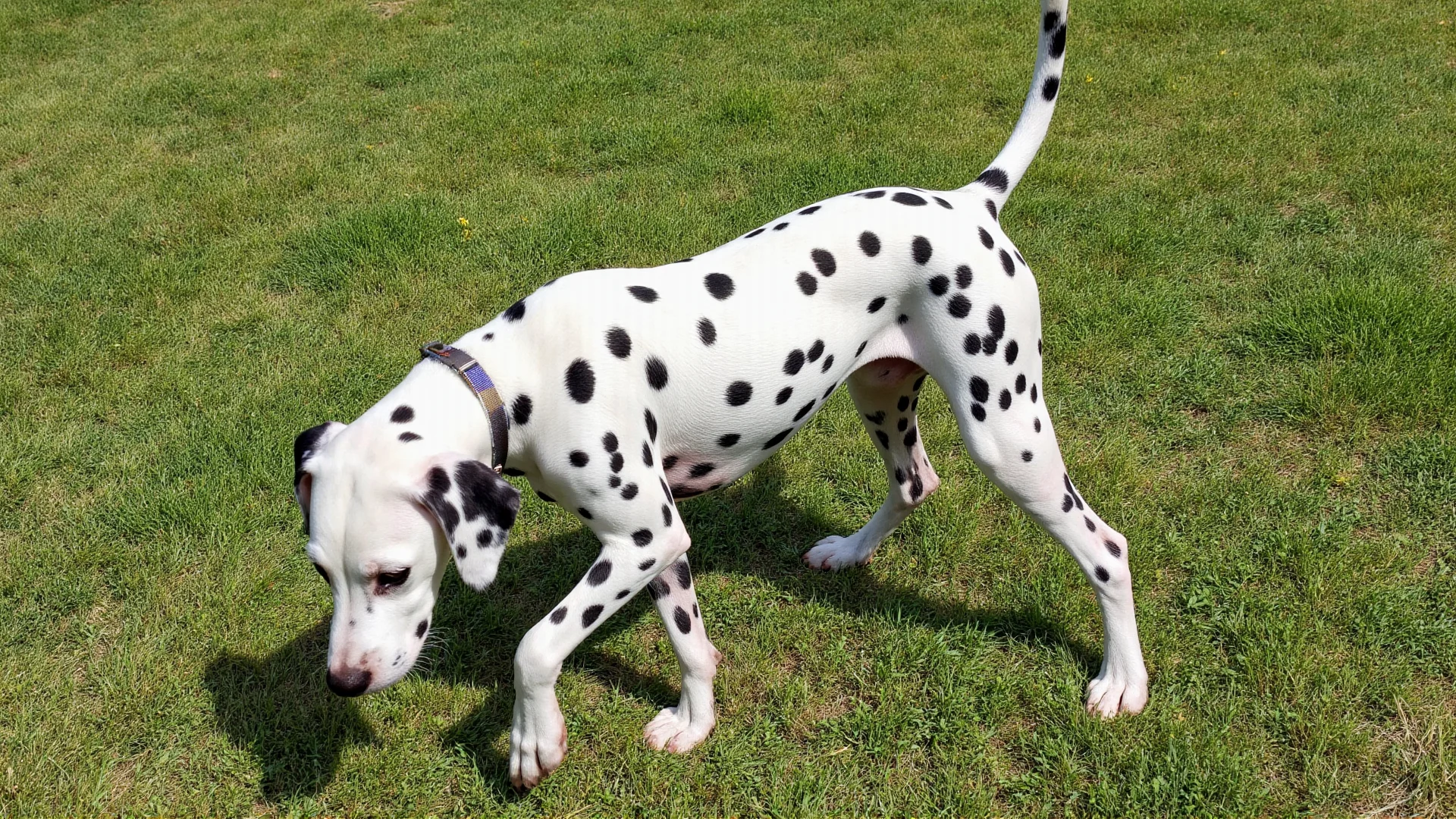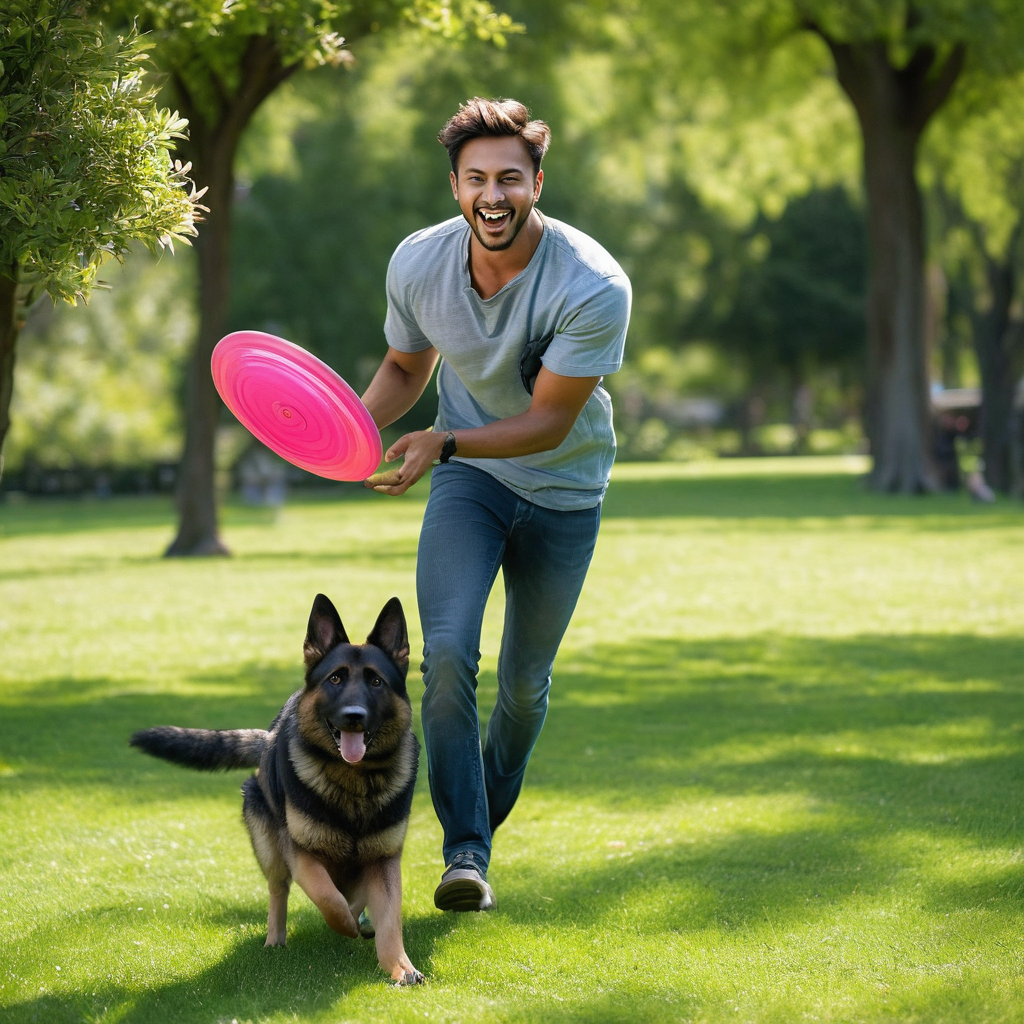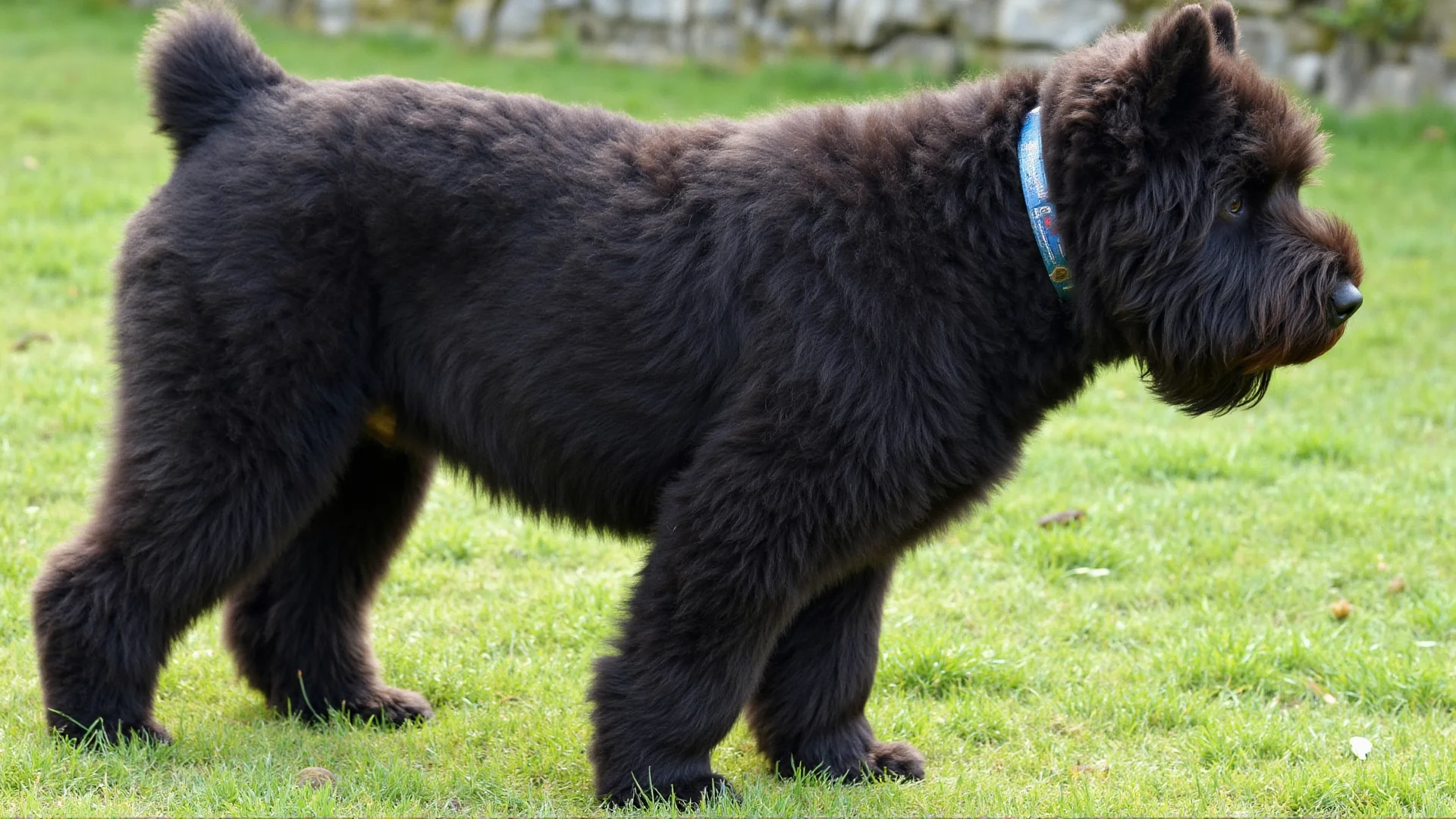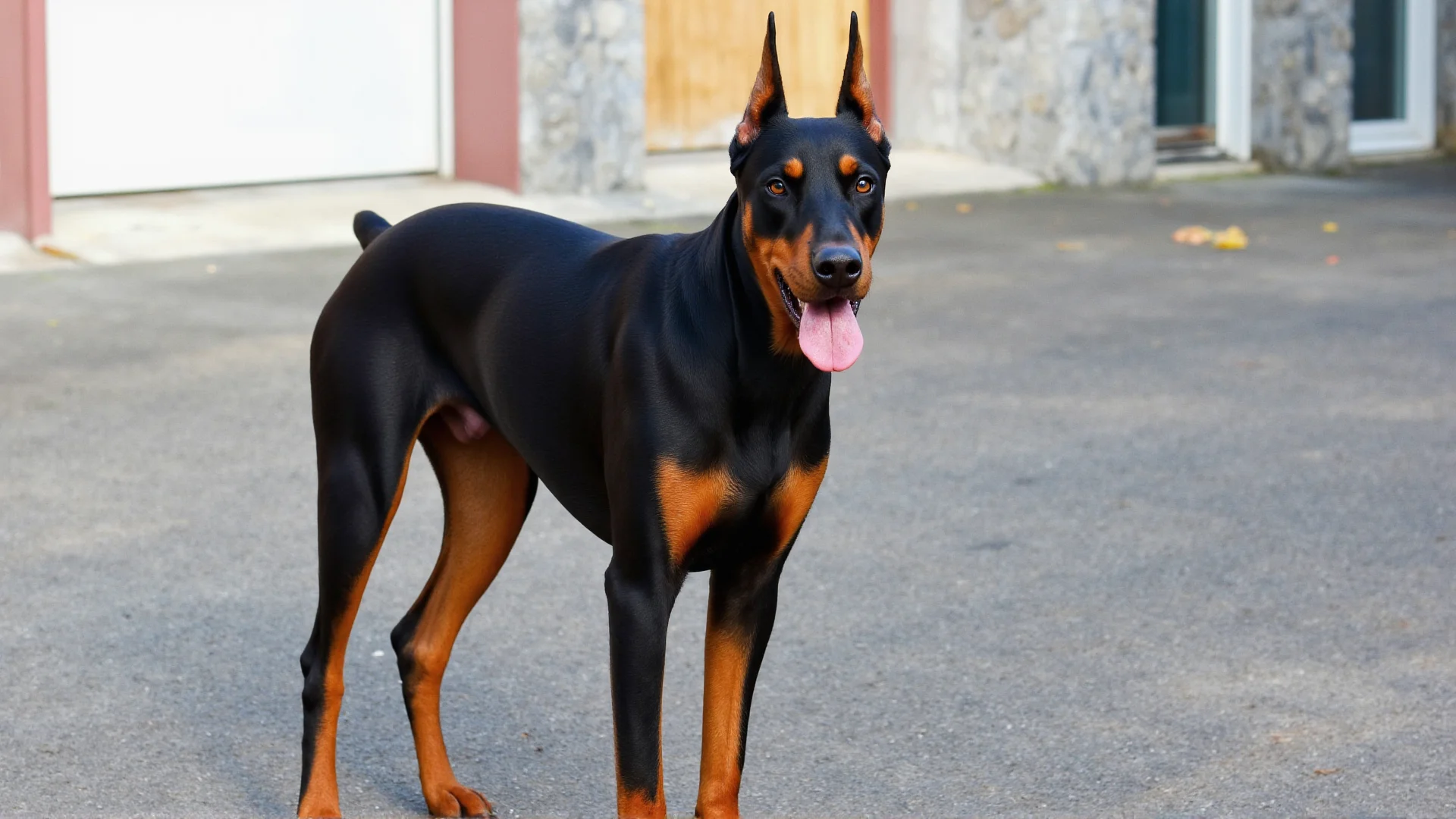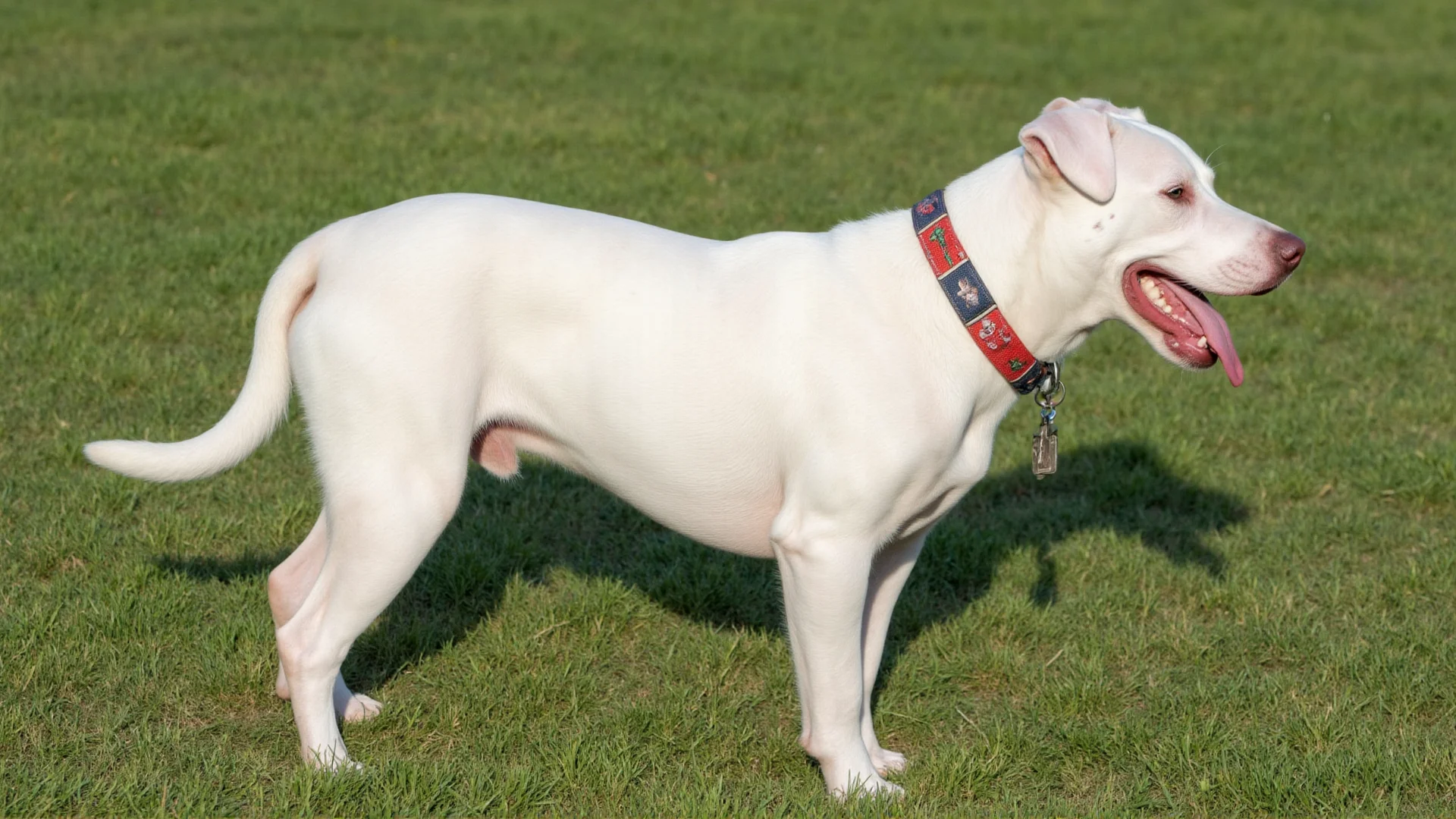From Firehouse to Family: The Enduring Bond Between Dalmatians and Firefighting
The sight of a spotted Dalmatian sitting proudly beside a red fire truck is one of the most iconic images in American culture. But this partnership between Dalmatians and firefighters isn't just a charming tradition—it's a relationship forged through centuries of mutual respect, practicality, and unwavering loyalty.
The Historical Partnership: More Than Just Mascots
The relationship between Dalmatians and fire departments dates back to the 1700s, long before motorized fire trucks roamed the streets. In those days, fire brigades relied on horse-drawn carriages to transport firefighters and equipment to emergency scenes. This is where Dalmatians truly earned their stripes—quite literally.
Dalmatians possess a unique affinity for horses that sets them apart from other breeds. Their calm demeanor around these large animals, combined with their natural protective instincts, made them invaluable companions for fire horses. The dogs would run alongside or beneath the fire carriages, clearing the path ahead and keeping the horses calm during the chaos of emergency responses.
Guardian Angels of the Firehouse
But their duties extended far beyond escort services. Dalmatians served as living security systems for expensive firefighting equipment. In an era when fire stations were often left unattended, these spotted sentinels would guard the horses, carriages, and valuable gear from theft. Their distinctive bark could alert the entire neighborhood to any suspicious activity around the firehouse.
The dogs also provided companionship to the fire horses, reducing their stress levels and keeping them healthy. A calm horse was a reliable horse, and in emergency situations, reliability could mean the difference between life and death.
The Dalmatian Advantage: Breed Characteristics That Made Them Perfect
Several unique characteristics made Dalmatians the ideal choice for firefighting work:
Physical Stamina and Endurance
Originally bred as carriage dogs in Croatia, Dalmatians were designed for endurance. They could run for miles without tiring, matching the pace of galloping horses while maintaining alertness. This incredible stamina was essential when fire calls required long-distance travel across cities.
Intelligence and Trainability
Dalmatians are highly intelligent dogs with an excellent memory for routes and procedures. Firefighters could train them to respond to specific bells and signals, and the dogs would remember the fastest routes to different parts of the city. Some Dalmatians even learned to anticipate where they were headed based on the sound of the alarm bells.
Protective Yet Social Nature
While fiercely protective of their territory and charges, Dalmatians are naturally social animals that work well in the close-knit environment of a firehouse. They could distinguish between friends and threats, making them excellent judges of character in busy urban environments.
The Famous Spots
Interestingly, the Dalmatian's distinctive spotted coat served a practical purpose beyond aesthetics. The unique pattern made individual dogs easily recognizable from a distance, helping firefighters quickly identify their station's dog in crowded or smoky conditions.
Modern Dalmatians: Transitioning from Work to Family Life
When motorized fire trucks replaced horse-drawn carriages in the early 20th century, the practical need for Dalmatians in firefighting diminished. However, many fire departments maintained their spotted companions as mascots, honoring the breed's historic contribution to firefighting.
Today's Fire Station Dalmatians
Modern fire station Dalmatians serve primarily as mascots, therapy dogs, and educational ambassadors. They visit schools, participate in fire safety presentations, and help humanize firefighters in the community. Some departments still keep Dalmatians as station dogs, where they provide companionship to firefighters and help maintain the important traditions of the service.
Challenges of Modern Firefighting for Dalmatians
Today's firefighting environment presents new challenges for Dalmatians. Modern fire trucks are louder and more complex than their horse-drawn predecessors, and the increased use of sirens can be damaging to sensitive canine hearing. Additionally, contemporary fire stations operate around the clock with constant activity, which can be stressful for dogs not properly acclimated to the environment.
Bringing Home a Dalmatian: What Modern Families Should Know
If you're considering adopting a Dalmatian, understanding their firefighting heritage is crucial to providing proper care and training. These dogs carry the genetic memory of their working past, which influences their behavior and needs.
Exercise Requirements
Dalmatians were bred for endurance running, and this need for vigorous exercise hasn't diminished. A Dalmatian requires at least 60-90 minutes of exercise daily, including running, hiking, or other high-energy activities. Without adequate exercise, they can become destructive or develop behavioral problems.
Mental Stimulation
These intelligent dogs need mental challenges to stay happy. Puzzle toys, obedience training, agility courses, and even learning tricks can help satisfy their need for mental engagement. Many Dalmatians excel in dog sports that allow them to use their natural athleticism and intelligence.
Socialization Needs
Drawing from their firehouse heritage, Dalmatians are social animals that thrive on interaction with both humans and other animals. Early and ongoing socialization is essential to prevent them from becoming overly protective or anxious around strangers.
Training Considerations
Dalmatians respond best to positive reinforcement training methods. Their intelligence means they learn quickly, but they can also become bored with repetitive training sessions. Keep training sessions short, varied, and engaging to maintain their attention and enthusiasm.
Health Considerations Unique to Dalmatians
Dalmatians have some unique health considerations that potential owners should understand:
Hearing Issues
Approximately 15-30% of Dalmatians are born with some degree of hearing loss, ranging from partial to complete deafness. This genetic trait is linked to their distinctive coat pattern. Reputable breeders will conduct hearing tests on puppies, and deaf Dalmatians can still make wonderful pets with proper training.
Urinary Stone Formation
Dalmatians have a unique genetic trait that affects how they process uric acid, making them prone to developing urinary stones. This requires careful attention to diet and hydration. Many Dalmatians benefit from a low-purine diet and should always have access to fresh water.
Skin Sensitivities
Some Dalmatians can be prone to skin allergies and sensitivities. Regular grooming and attention to diet can help manage these issues. Their short coat requires minimal grooming but does shed year-round.
Preserving the Legacy: Dalmatians in Modern Fire Education
Today, many fire departments and Dalmatian enthusiasts work together to preserve the educational value of this historic partnership. Fire safety programs featuring Dalmatians help teach children about fire prevention while honoring the breed's contribution to public safety.
Educational Programs
Dalmatians participating in fire safety education help children remember important safety messages. The dogs serve as engaging, non-threatening ambassadors that make learning about fire safety fun and memorable. Many children who might be afraid of firefighters in full gear will eagerly approach a friendly spotted dog.
Therapy Work
Some Dalmatians work as therapy dogs, visiting hospitals, schools, and nursing homes. Their gentle nature and striking appearance make them excellent therapy animals, continuing their tradition of service in a new capacity.
Conclusion: A Living Symbol of Service and Loyalty
The Dalmatian's journey from essential firefighting partner to beloved family companion represents one of the most successful transitions in canine working history. While they may no longer race through smoky streets alongside galloping horses, their legacy of courage, loyalty, and service continues to inspire dog lovers worldwide.
For families considering a Dalmatian, understanding this rich heritage helps explain many of the breed's characteristics and needs. These dogs thrive when given a job to do, whether that's competing in dog sports, serving as therapy dogs, or simply being active family companions who can keep up with busy households.
The sight of a Dalmatian may always evoke images of firehouses and heroic rescues, but today's Dalmatians are writing new chapters in their breed's story. They're loyal family guardians, athletic companions for active owners, and gentle therapy dogs bringing comfort to those in need. In essence, they continue to serve—just in different ways than their firefighting ancestors.
Whether running alongside a fire carriage in 1850 or playing fetch in a suburban backyard today, Dalmatians embody the same spirit of enthusiasm, loyalty, and readiness to serve that made them legendary partners to firefighters. Their spots may fade with age, but their commitment to their human families burns as bright as ever.
